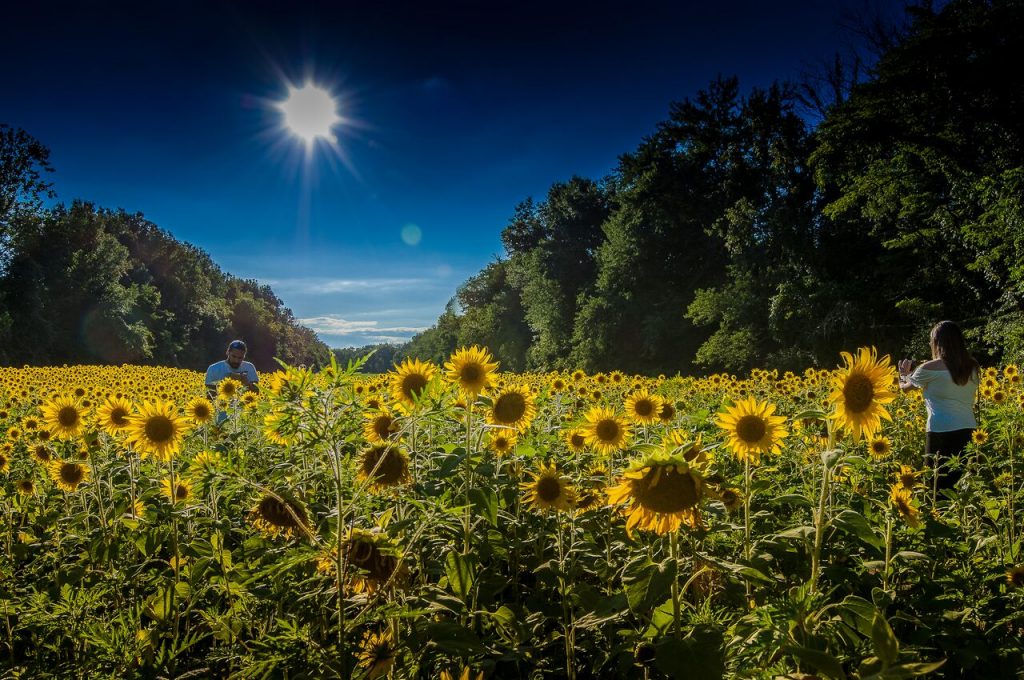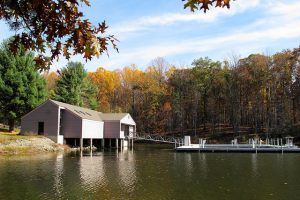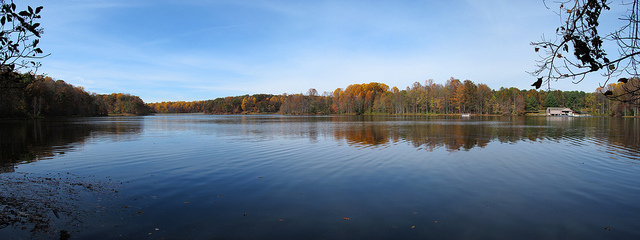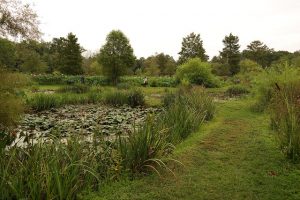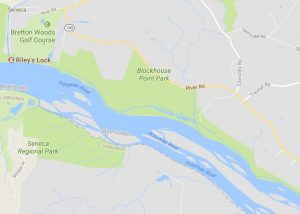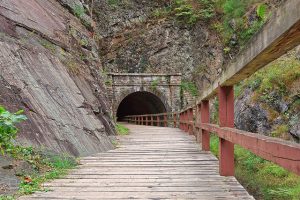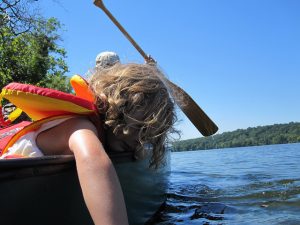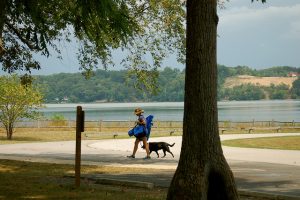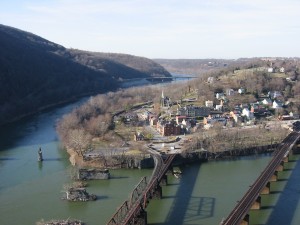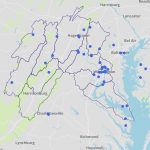McKee-Beshers Wildlife Management Area is at Full Bloom
You might think field upon field of bright yellow sunflowers are found only in provincial Italy or France, places known for romance and beauty. But there are 2,000 acres right in our backyard that will make you feel transported to a more romantic time and place. Known as the McKee-Beshers Wildlife Management Area (WMA), staff at this park plant acres of sunflowers to attract and feed pollinators and birds. For a couple weeks each year (around the end of July) the WMA is alight with seemingly endless summery flowers.
Just like birds, people flock to the area for family photos, nature photography, and to enjoy the sites. Catch the flowers at full bloom this year for the two weeks following July 24. Meandering trails throughout the fields let you explore without damaging the flowers. However, look but don’t pick; plucking one of these beauties is prohibited at the WMA.
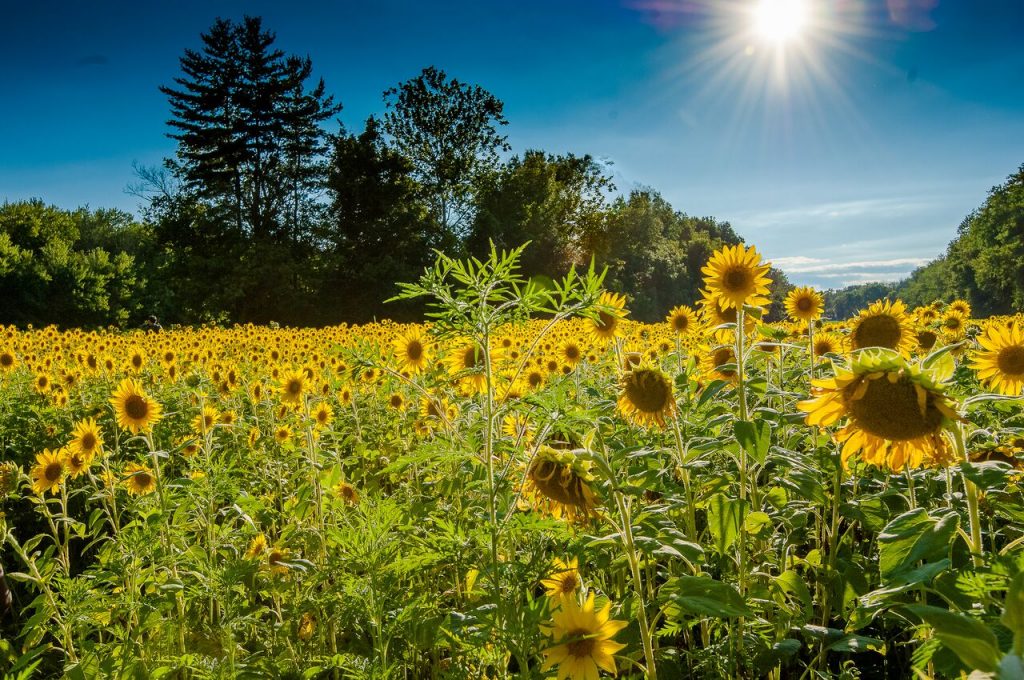

A beautiful trail follows some of the perennial marshy flatlands where waterlilies and other aquatic plants abound. Parts of the WMA are managed as a greentree reservoir, a term used for bottomland hardwood forest that is flooded in the fall and winter. This attracts colorful migrating waterfowl, such as wood ducks.
The park, in western Montgomery County, Maryland, is conveniently located right off River Road. It is not difficult to find, just plug “McKee Banshee Management Area” into your GPS and look for the parking lots full of cars and people in incongruously fancy dress for a hike. After all, this is a popular place to take family photos. There are several ways to access the fields, but most involve a short walk through the woods that is often muddy, so make sure to wear appropriate footwear.
Photo Credit: Hunter Herrman


